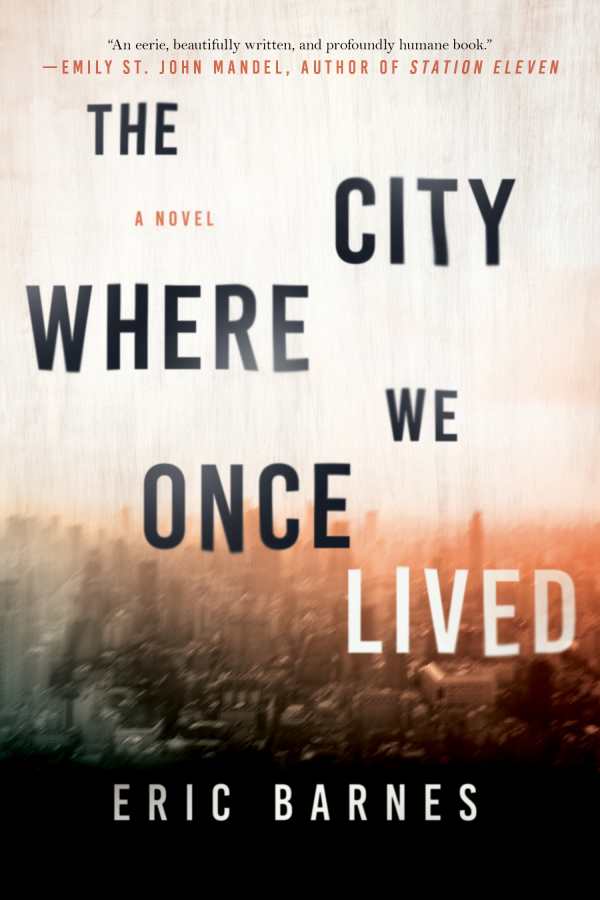The City Where We Once Lived
Bleak and unsparing in its stark description of a world without hope, The City Where We Once Lived paints the picture of a future racked by climate change and destruction.
Those who have stayed in the North End of the book’s unnamed city fill their days scavenging abandoned buildings, struggling to find heat and food, and avoiding news about the world they’ve largely cut themselves off from.
Many of them are not just surviving a new and bleaker world landscape. Some, like the unnamed narrator, are also running from their past. Scarred by a family he lost, the narrator spends his days burning down empty buildings and pushing back memories of happier times. He works as the North End’s newspaper reporter, though the readership of the paper continues to dwindle and he often wonders if there is a point in going on.
When a woman and her young son—one of the few children seen in the North End—come into his life, the narrator begins to see that the future may not be as hopeless as he thought.
In bare-bones prose that is subtly affecting, the novel is a haunting portrait of why people form bonds and the many ways those bonds can be torn apart. Though it severely deconstructs its neglected and broken city, it’s also a story of adaption and the power of the human spirit. At the heart of the novel is the deep darkness in one man’s life and his continual choice to turn either toward or away from human contact and compassion when it is offered to him. His life mirrors that of the city itself—where hope is offered to one, it is also extended to the other.
Reviewed by
Angela McQuay
Disclosure: This article is not an endorsement, but a review. The publisher of this book provided free copies of the book to have their book reviewed by a professional reviewer. No fee was paid by the publisher for this review. Foreword Reviews only recommends books that we love. Foreword Magazine, Inc. is disclosing this in accordance with the Federal Trade Commission’s 16 CFR, Part 255.

